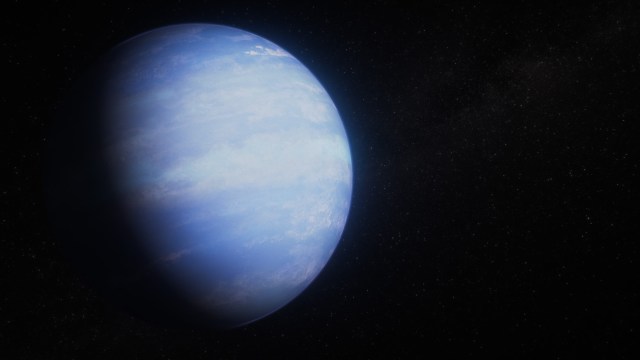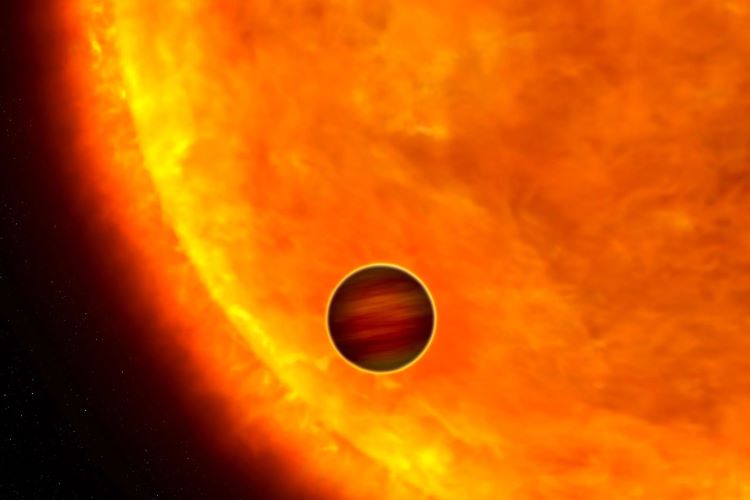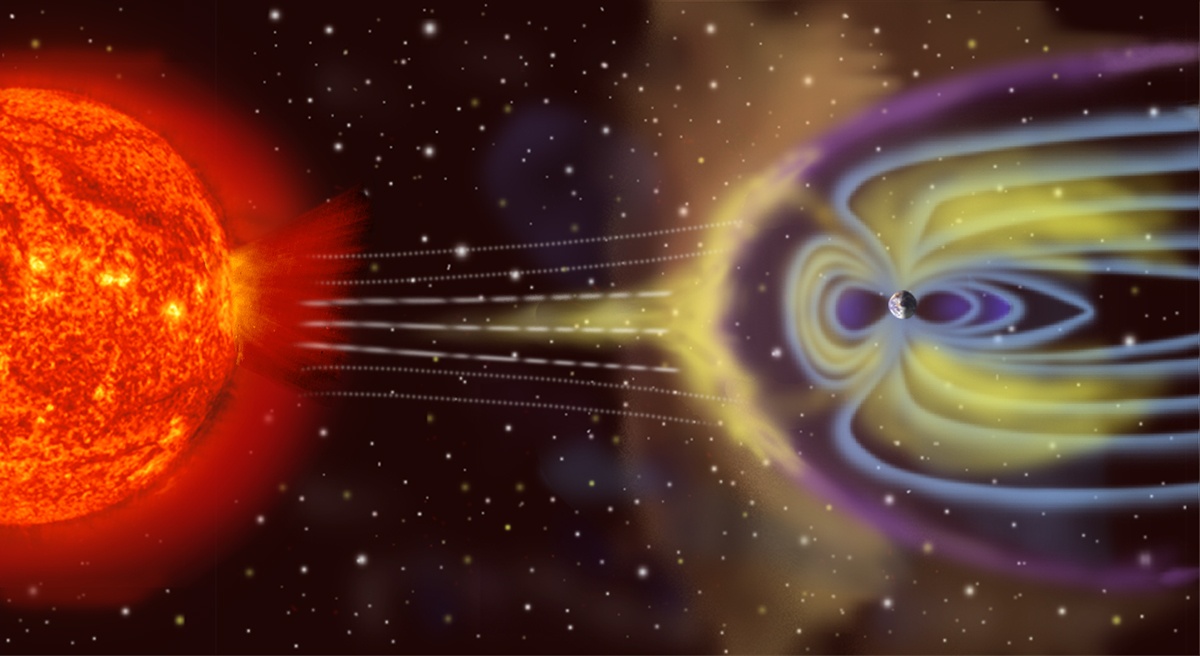James Webb Space Telescope (JWST) has done it again. A team of astronomers have used it to map the weather on a pair of brown dwarf stars. Infrared light was analysed from the pair and its variation over time was measured. The team were able to generate a 3D picture of the weather and discovered gasses in the atmosphere like water vapour, methane and carbon dioxide. Swirling clouds of hot sand were also found with temperatures reaching as high as 950 C!
Continue reading “Webb Maps the Weather on the Closest Brown Dwarfs to Earth”Webb Maps the Weather on the Closest Brown Dwarfs to Earth










